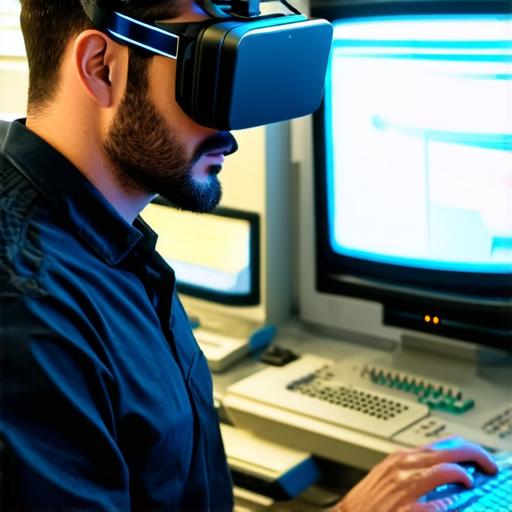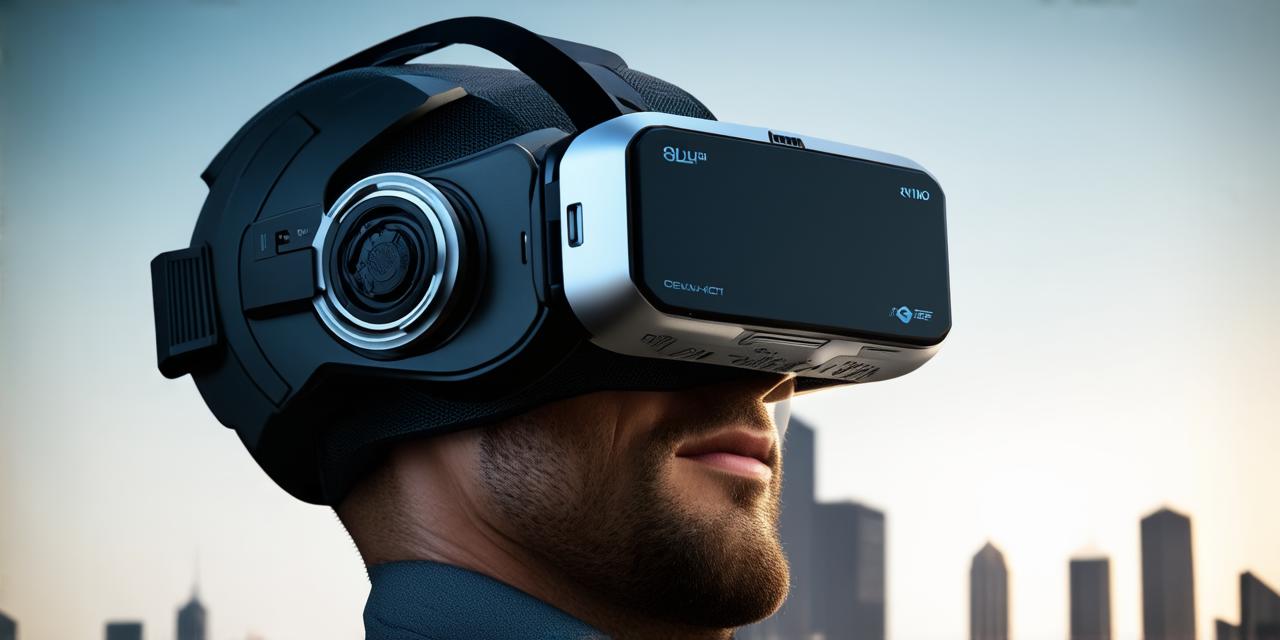Virtual reality (VR) technology has been evolving rapidly over the past few decades.
From simple headsets to fully immersive experiences, the potential for VR is vast and varied. In this article, we will take a closer look at the origins of virtual reality technology and how it has evolved over time.
Early VR Systems: A Brief History
The concept of virtual reality dates back to the 1950s and 1960s when researchers began exploring ways to create immersive experiences. One of the earliest examples of VR was the Sword of Damocles, developed by Ivan Sutherland in 1968.
This system used a projector and a screen mounted on a pole above the user’s head, creating an illusion of being surrounded by a virtual environment.
In the 1970s, researchers at the University of Utah developed the first VR headset, known as the HMD-1. This early VR system was bulky and limited in its capabilities, but it laid the groundwork for future developments.
Another important milestone was the creation of the VPL in 1984 by Jaron Lanier and Robert Metcalfe. The VPL was a VR system that used a head-mounted display and motion sensors to track the user’s movements, allowing them to explore a virtual environment.
Consumer-Facing Applications: From Gaming to Education

As VR technology evolved, it began to find its way into consumer markets. One of the first successful applications of VR was in gaming. In 1992, Sega released the Doom VR, a virtual reality version of their popular first-person shooter game.
While the Doom VR was not a commercial success, it demonstrated the potential for VR in gaming and paved the way for future developments.
In recent years, VR has also found applications in education and training. For example, surgeons have used VR simulations to practice complex procedures, while pilots have used virtual environments to simulate flight scenarios. VR has also been used to create immersive history experiences, such as the Holodeck Museum in Las Vegas, which allows visitors to explore ancient Egypt or medieval Europe in a fully immersive environment.
The Future of Virtual Reality Technology
As virtual reality technology continues to evolve, we can expect to see even more innovative applications emerge. One area that is likely to see significant growth is healthcare. VR has the potential to revolutionize medical training and treatment, allowing doctors and patients to experience complex procedures and conditions in a safe and controlled environment.
Another area where VR is likely to have a major impact is in the entertainment industry. As technology advances, we can expect to see more realistic and immersive experiences emerge, from virtual concerts to interactive movies. The potential for VR in gaming is also enormous, with developers already exploring new ways to create engaging and immersive experiences for players.
FAQs: Common Questions about Virtual Reality Technology
What is virtual reality technology?
Virtual reality (VR) technology involves creating immersive experiences that simulate a real-world environment or create an entirely new world. VR systems use sensors and other hardware to track the user’s movements, allowing them to explore a virtual environment in a way that feels realistic.
